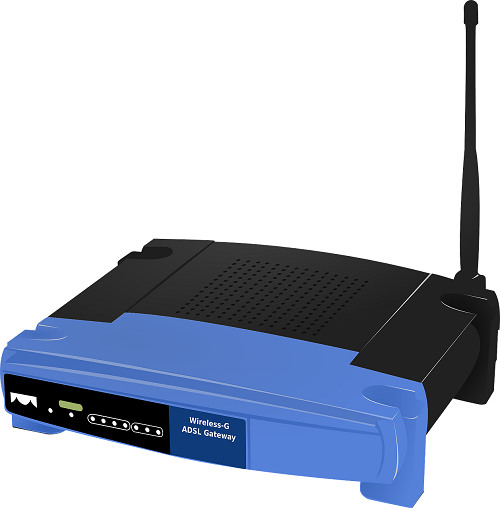Spot the Difference!

There are many acronyms and jargon when it comes to IT, so what does it mean when discussing GHz? Gigahertz (GHz) is a unit of frequency equal to one billion hertz. It is commonly used to measure computer processing speed, alternating current, and electromagnetic frequencies.
The most common speeds are 2.4, 5 and 6GHz, so what’s the difference?
The primary difference between 2.4 and 5GHz bands is the range (coverage) and the bandwidth (speed) that these bands provide. For instance, the 2.4GHz band offers coverage at a more extended range but transmits data at slower speeds. In contrast, the 5GHz band gives less coverage but sends data at faster speeds. Most routers produced in the last ten years can broadcast both 2.4 and 5GHz signals simultaneously. However, 5GHz networks do not penetrate solid objects such as walls nearly as well as 2.4GHz signals. This can limit the access point reach inside a building where many walls may come between a router and the user, so it will be more beneficial to continue using 2.4GHz.
The arrival of Wi-Fi 6 in 2020 has improved the situation, enhancing the quality of high-speed connections between the router and device. However, only Wi-Fi 6 devices currently broadcast at 6GHz, and it’s still a relatively new concept. As Wi-Fi 6 becomes more commonplace, the coverage of high-speed data connections will improve as it gets better at dealing with busier airspace.
You can check the type of wireless standard supported by your adapter to determine your computer’s possible data rate wireless speed based on the wireless standard and if you need to make further enhancements.
Unsure what your WI-FI standard is? You can quickly check the type of wireless standards on your wireless computer. Click here for more information on how to do this.





